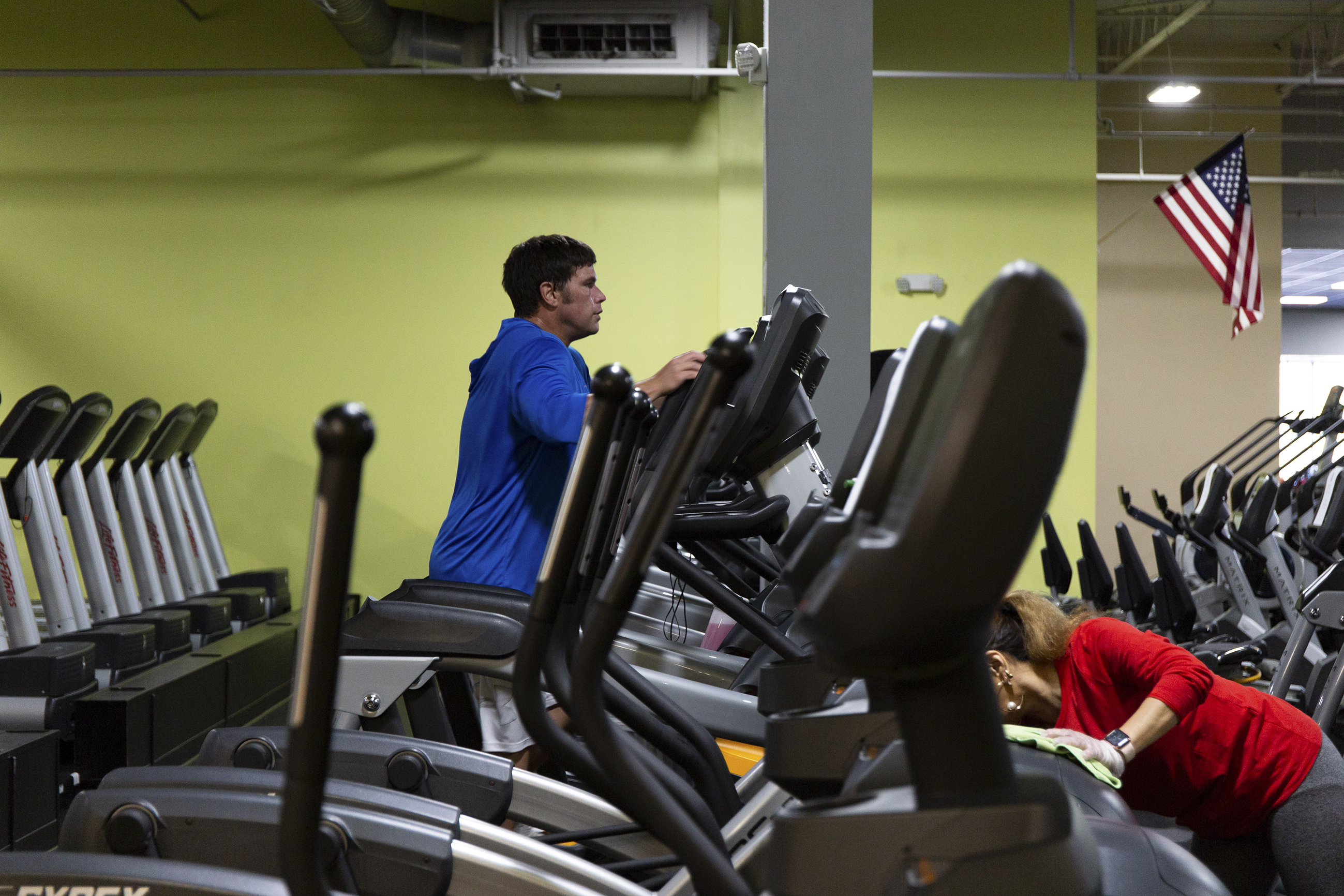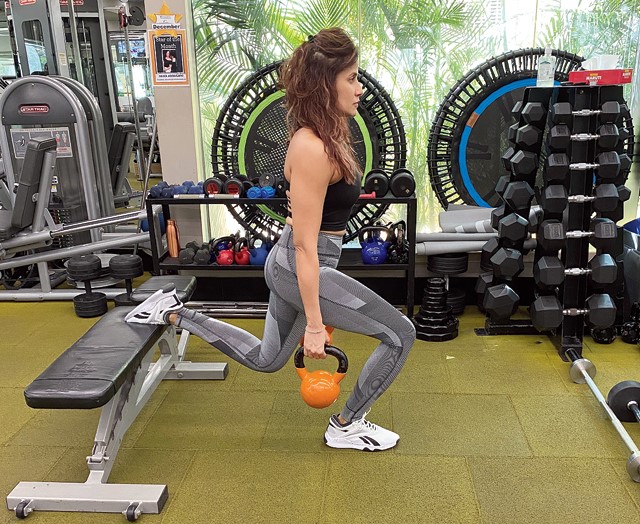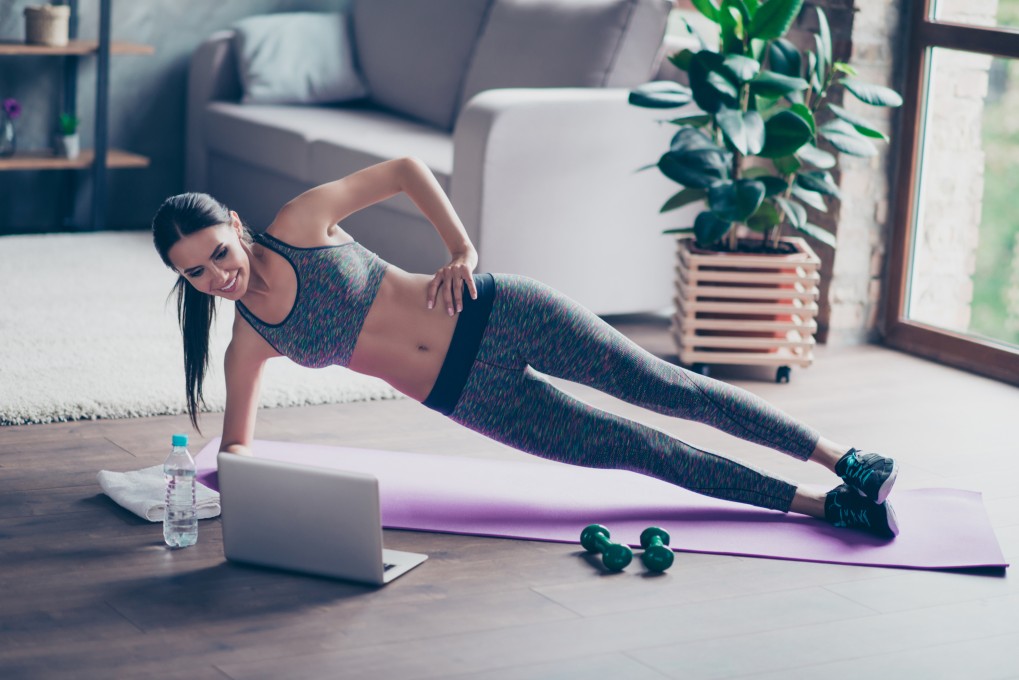Is it safe to return to the gym? As a growing number of communities ease the stay-at-home mandates they had put in place to mitigate the spread of the novel coronavirus, gyms are beginning to reopen their doors — even as the virus continues to infect thousands every day.
To find out more about gyms and the risks for coronavirus exposure there, I spoke with clinicians, researchers, engineers and a gym owner in Atlanta, US, whose newly reopened facility caters, in part, to scientists from the nearby Centers for Disease Control and Prevention.
Gyms and germs
By their very nature, athletic facilities like gyms tend to be germy.
“When you have a relatively high density of people exercising and sweating in a contained space, you have conditions where communicable diseases can spread easily,” says Dr James Voos, chairman of orthopaedic surgery at the University Hospitals Cleveland Medical Center, US, and senior author of the study.
Gym equipment also can be devilishly difficult to sanitise. Dumbbells and kettlebells, for instance, “are high-touch metal, with strange shapes and many different places people can grasp,” says Dr Deverick Anderson, a professor of medicine and director of the Duke Center for Antimicrobial Stewardship and Infection Prevention at Duke University Medical Center in Durham, North Carolina, US. “They are not easy to clean.”
In consequence, “people are going to have to understand and accept that there will be some risk” of virus transmission, if and when they revisit their gyms, Dr Anderson says. “But,” he says, “there are many steps people can take to mitigate those risks.”
Wash. Spray. Wait. Wipe.
First, and most essential, plan to disinfect yourself and any surfaces that you touch at your gym, frequently.
“There should be a sink with soap so you can wash your hands, or a hand-sanitiser station as soon as you walk in the door,” says Radford Slough, the owner of Urban Body Fitness, a gym in downtown Atlanta frequented by doctors and CDC scientists. Sign-in procedures should not require touch, and gym employees should stand behind sneeze guards or be wearing face masks, he adds.
The gym space itself should be plentifully stocked with spray bottles containing disinfectant as well as clean cloths or bleach wipes for sanitising surfaces. The standard all-purpose wet wipes that many gyms stock , Dr Voos says, “will not kill most germs.” Bring your own water bottle to avoid using drinking fountains.
When spraying a disinfectant, give it time — a minute or so — to kill germs before wiping. And clean any grime or dust off surfaces first.
Ideally, other gym patrons who have lifted weights or perspired on machines will have scrupulously scrubbed them afterward. But do not depend on the cleanliness of strangers. Instead, disinfect weights, bars, benches and machine rails or knobs yourself before and after every use.
It would be advisable, too, to carry several clean towels. Dr Anderson says, “I would keep one on my left shoulder to wipe sweat from my hands and face, so I am not touching my face all the time, and the other to cover the weight bench” or yoga mat.
Social distancing is also necessary. Slough says to reduce density, his gym currently allows only 30 people an hour into its 14,000-square-foot facility. Coloured tape on the floor boxes off spaces wide enough to keep weight trainers at least six feet apart on either side. Treadmills, elliptical machines and stationary bicycles also can be moved apart, or some can be taped off or removed from service.
But appropriate distancing during indoor aerobic exercise remains problematic, says Bert Blocken, a professor of civil engineering at the Eindhoven University of Technology in the Netherlands. Blocken, who studies airflow in buildings and around bodies, says exercisers breathe heavily and produce many respiratory droplets, and with no wind or forward momentum to shift and disperse these droplets, they could linger and drop inside the facility.
“Therefore,” he says, “it is important to have a well-ventilated gym,” preferably using a system that constantly refreshes inside air with filtered air from outside. If your gym does not have such a system, expect, at minimum, “peak natural ventilation” — meaning wide-open windows on opposite walls — to help move air from inside out, he says.
Dampened masks
The decision about whether to return to our gyms as soon as they open likely will remain knotty and personal, dependent to some extent on how each of us balances the benefits of exercise, risks of infection and any health fragilities among those we live with and would return to after working out.
There also may be flash points, including about masks. Dr Anderson predicts that “few people will wear them” while working out though gyms may require them. Masks would rapidly dampen during exercise, reducing their antimicrobial benefits.
“What it comes down to is that the risks will never be zero,” he says. But at the same time, “there are so many mental and physical health benefits”. “So, my approach is that I will accept some risk but be aware of the steps I need to take to mitigate it. And then, yes, I will go back,” Dr Anderson adds.
New York Times News Service













